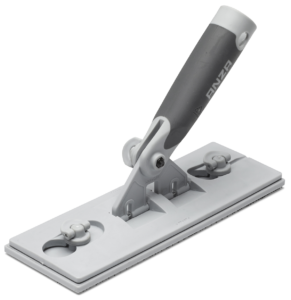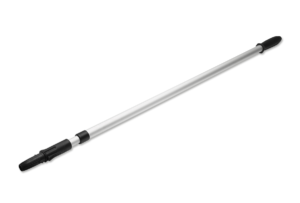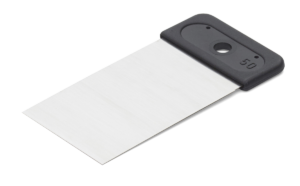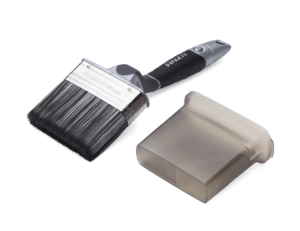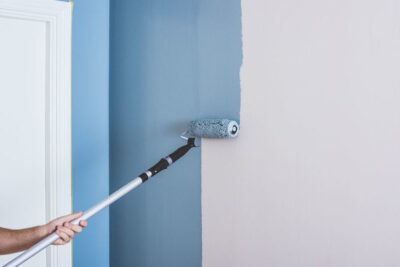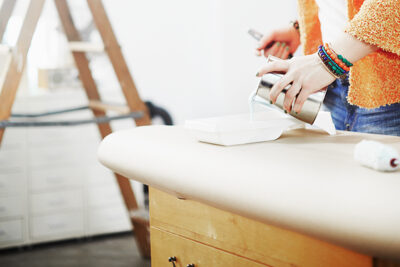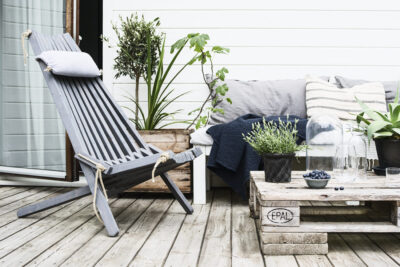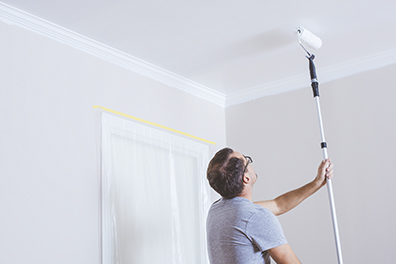- Home
- Paint walls
- Paint wall with whitewash
Paint wall with whitewash
Whitewashing a wall: environmentally friendly and expressive. Made from natural ingredients and pigments, whitewash gives walls a matte but vibrant look that is becoming increasingly common in our homes. Our guide will help you paint your wall with whitewash to maximum effect.
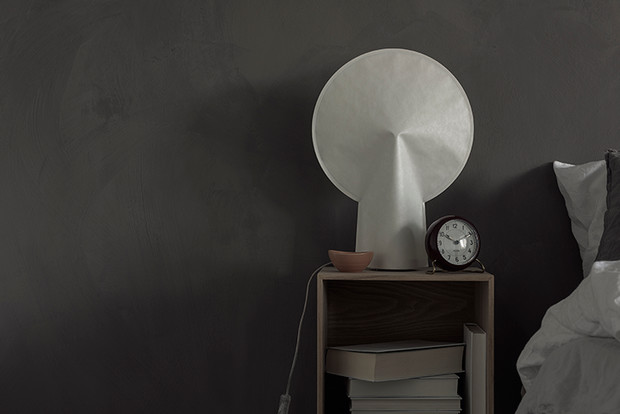
-
Steg 1/3 Prep work
Produkter i användning
-
Steg 2/3 Painting with criss cross technique
Produkter i användning
-
Steg 3/3 Get inspired
Detaljerade instruktioner i text
Så gör du:
-
1Prep work-
-
2Painting with criss cross technique-
-
3Get inspired-
-
1/3 — Prep work -
2/3 — Painting with criss cross technique -
3/3 — Get inspired
Step by Step
-
1Prep work
-
2Painting with criss cross technique
-
3Get inspired
-
1
Prep work
Always start by covering and masking all areas you are not going to paint, so you don’t get paint on unwanted areas. For example, use masking tape to mask mouldings and skirting boards. Then make sure the wall is clean and smooth to get a good final result. For example, if you have holes and imperfections, you should spackle before painting.
You’ll find advice and guidance on how to go about the preparatory work in our step-by-step guide to painting a wall.
Prime
After making sure the wall is clean and smooth, you usually need to prime the wall before painting. This depends entirely on the surface you are painting and the type of whitewash you choose. We therefore recommend that you go to your nearest paint retailer for advice before you start.
-
2
Painting with criss cross technique
Then it’s time for the actual painting! The purpose of painting with whitewash is to create texture and give the wall a lively feel. The technique therefore differs from traditional wall painting. Instead of painting vertically or horizontally, a so-called criss-cross technique is used (see illustration below), with short brush strokes that go back and forth.
Whitewash is slightly more inert than regular paint and may require a bit more of a brush to work it into the wall. So use a wide, durable, high-quality brush, such as our Platinum angled outdoor brush, which is also ergonomically designed to save your back and wrists.
Rollers are not normally used for whitewash, as the structure may disappear.

Turn down the effect
Do you want a calmer and more gentle effect? Instead, work with longer brush strokes criss-cross. You decide how big the effect will be, which is a big advantage of whitewash.
Think about!
If you are painting with whitewash in areas where there is a risk of splashing, such as the kitchen or bathroom, remember to finish with a sealer to protect your wall.
Wet in wet
Make sure you keep painting wet on wet, so that each new brush stroke overlaps the previous one before it has time to dry. Make sure you finish painting the whole wall before you take a break, otherwise you can easily get edges and visible overlaps.
-
3
Get inspired
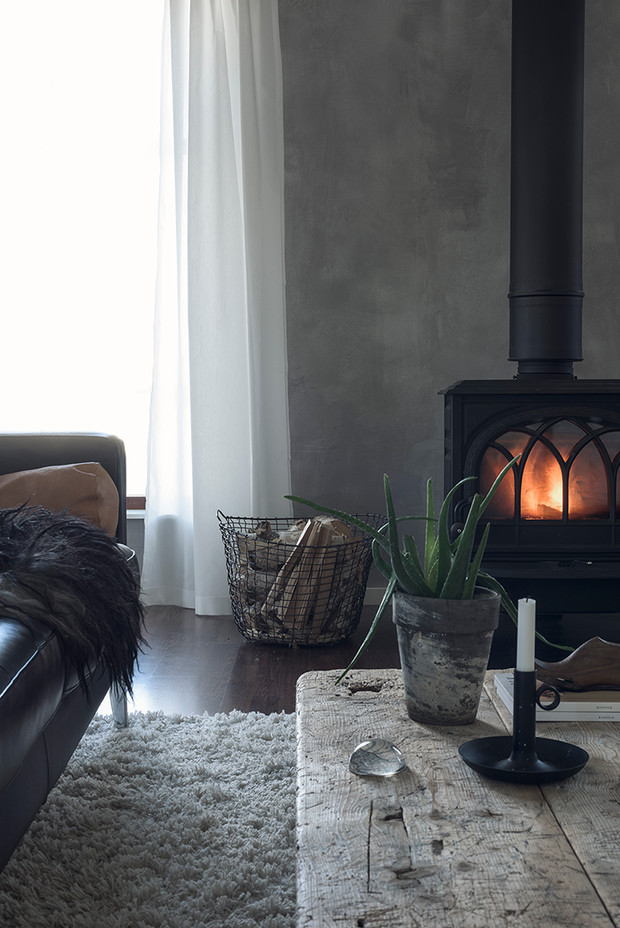
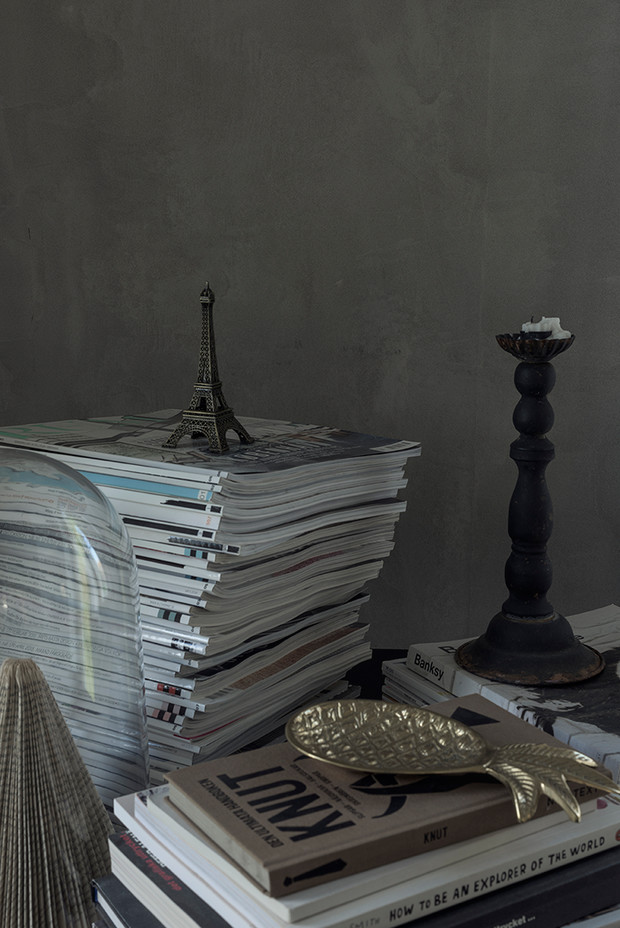
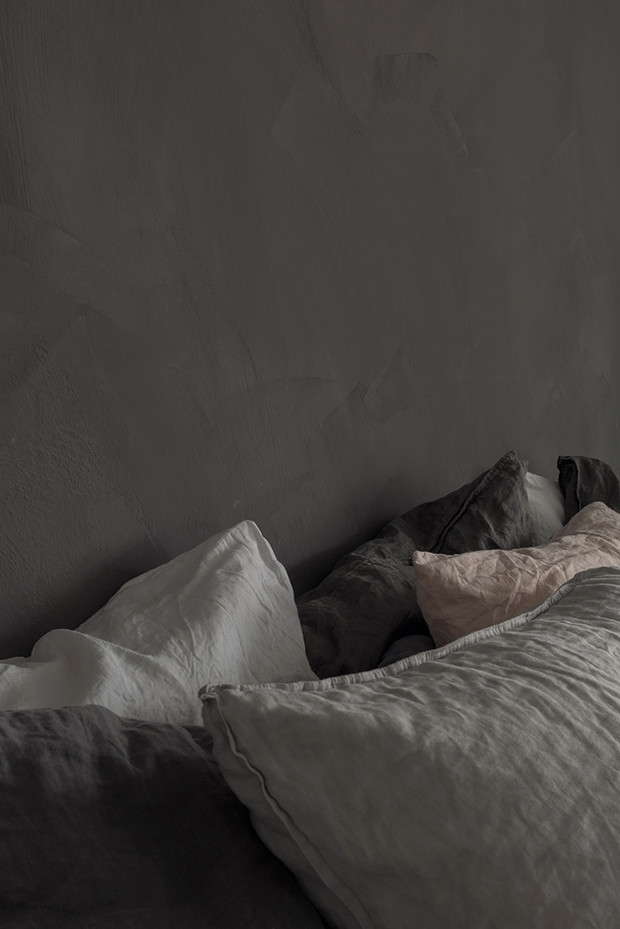
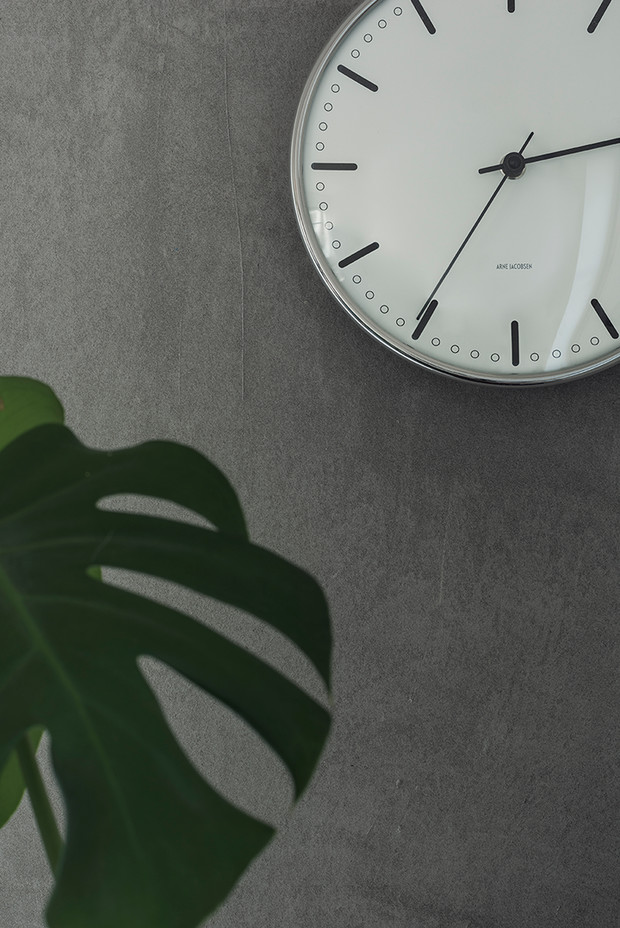
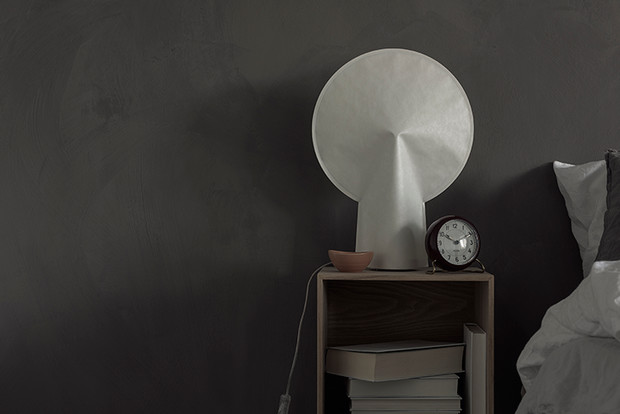
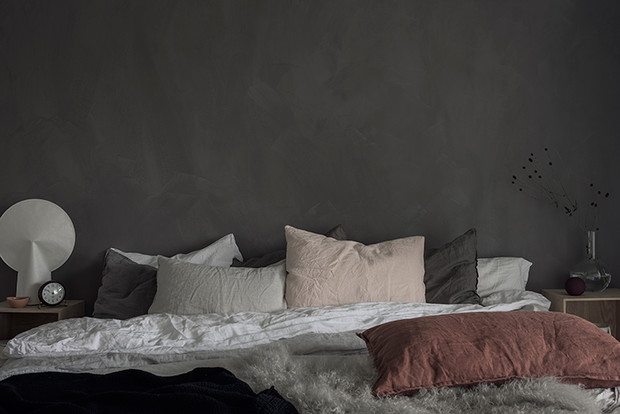
Photo: Björn Ceder / ny_studio. Styling: Johanna Pilfalk.

